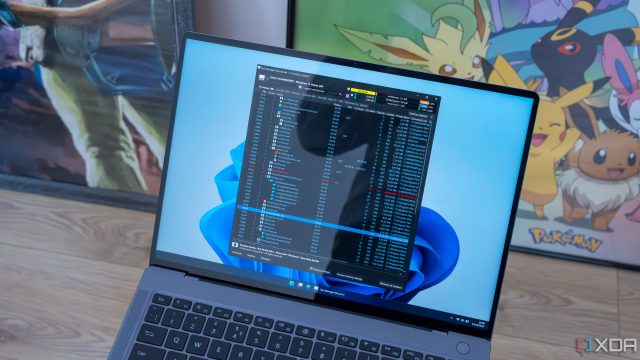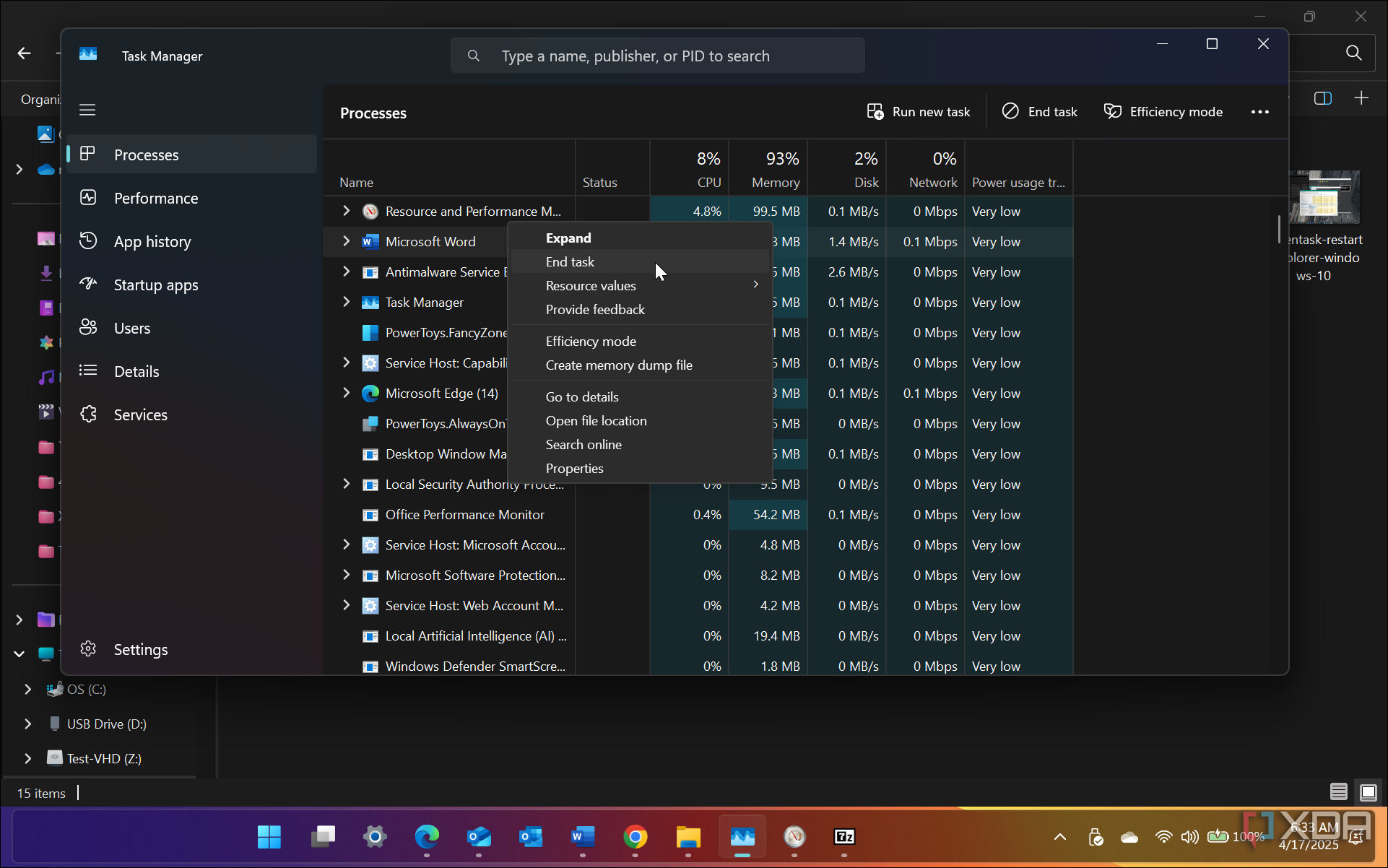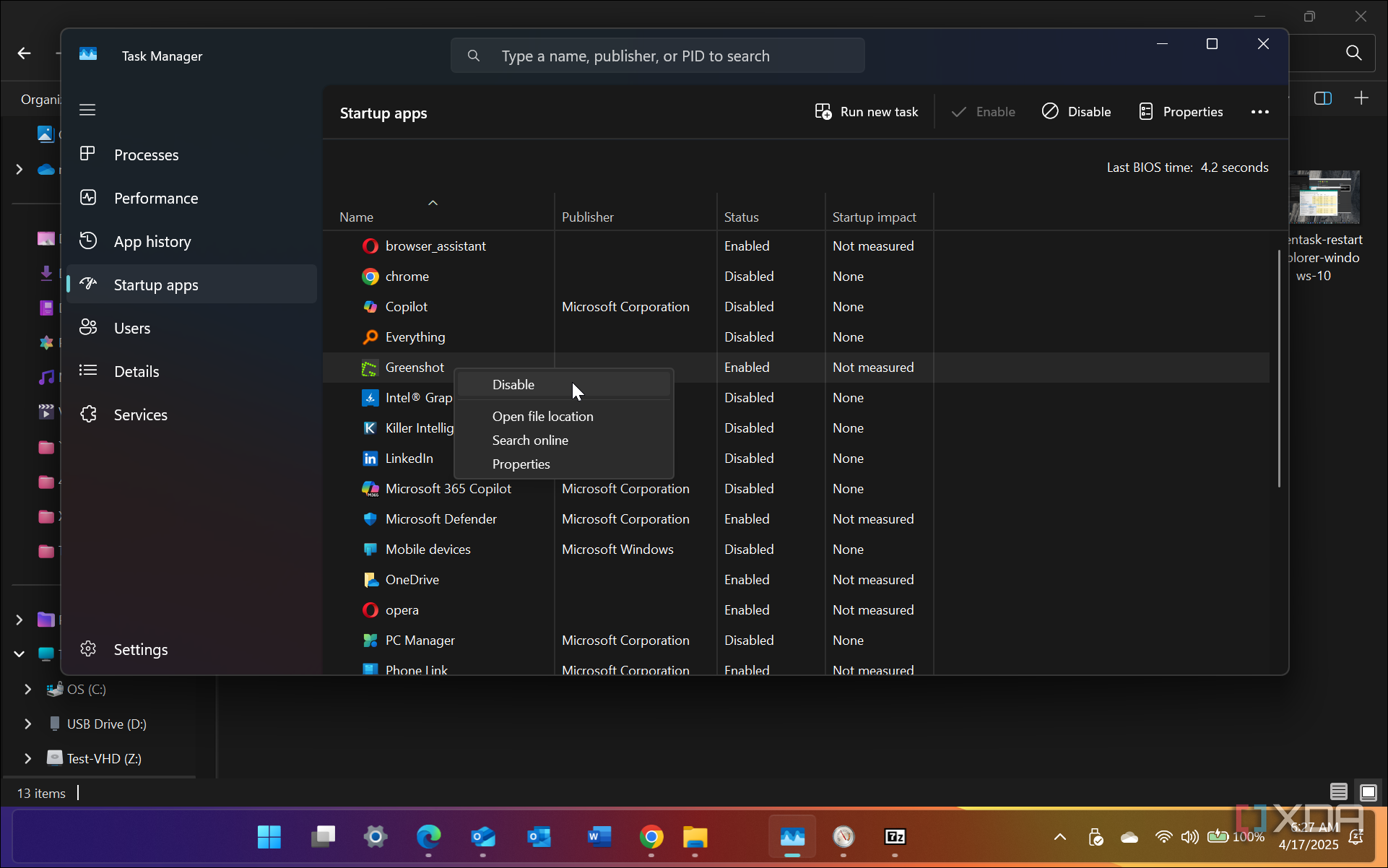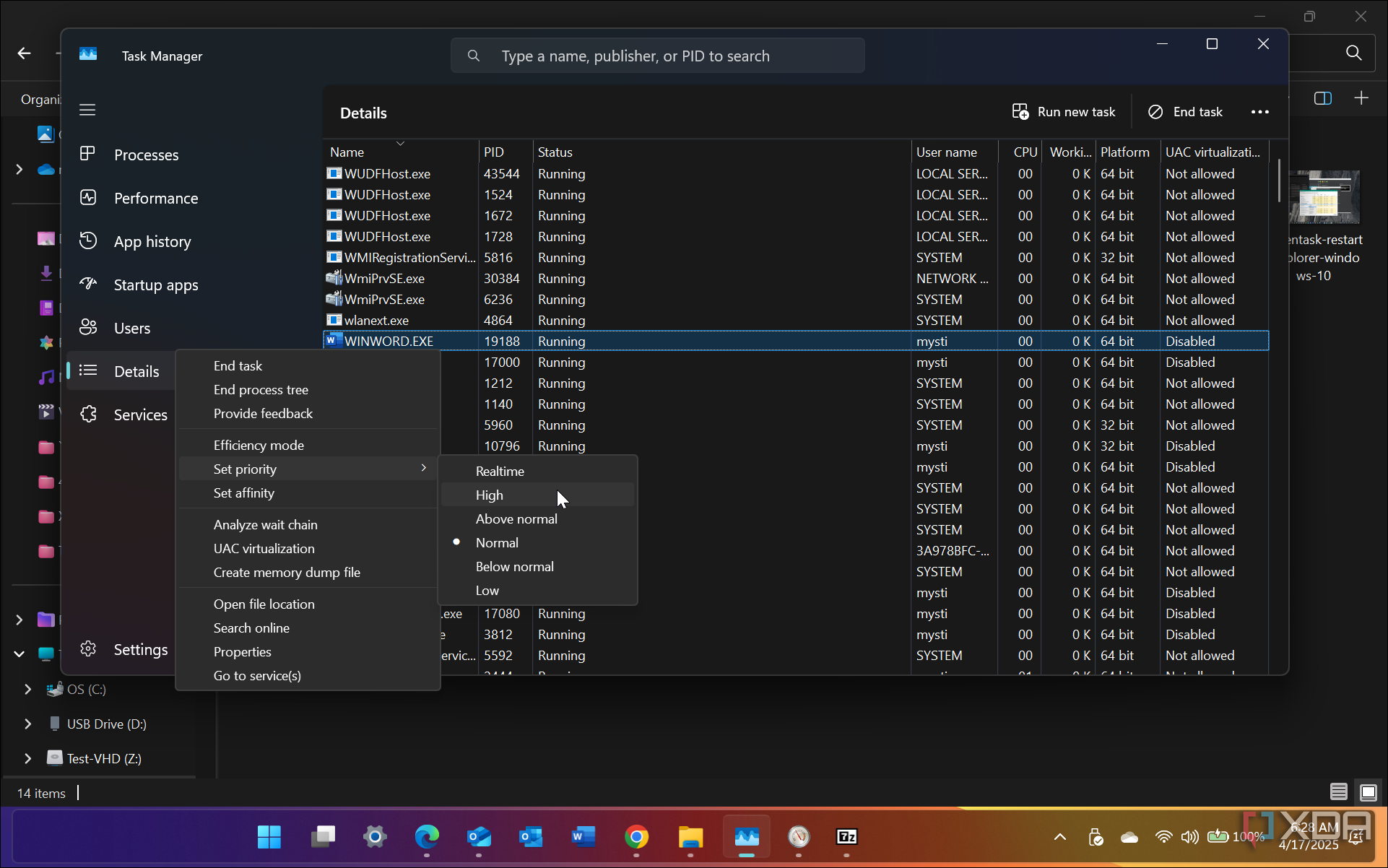When you need to manage system resources on Windows, Task Manager is likely the first utility you open. It was redesigned on Windows 11 and has more functionality, but these tips will work if you are still a Windows 10 user to expand your workflow. I wish I had known some of these Task Manager tips sooner, since I could have been more productive.
Task Manager includes a full set of features and settings you can enable to improve your work experience. Let’s look at what you can do to improve your productivity. Some included tools may seem obvious, but a reminder is needed, and some Task Manager features you might not know have existed.
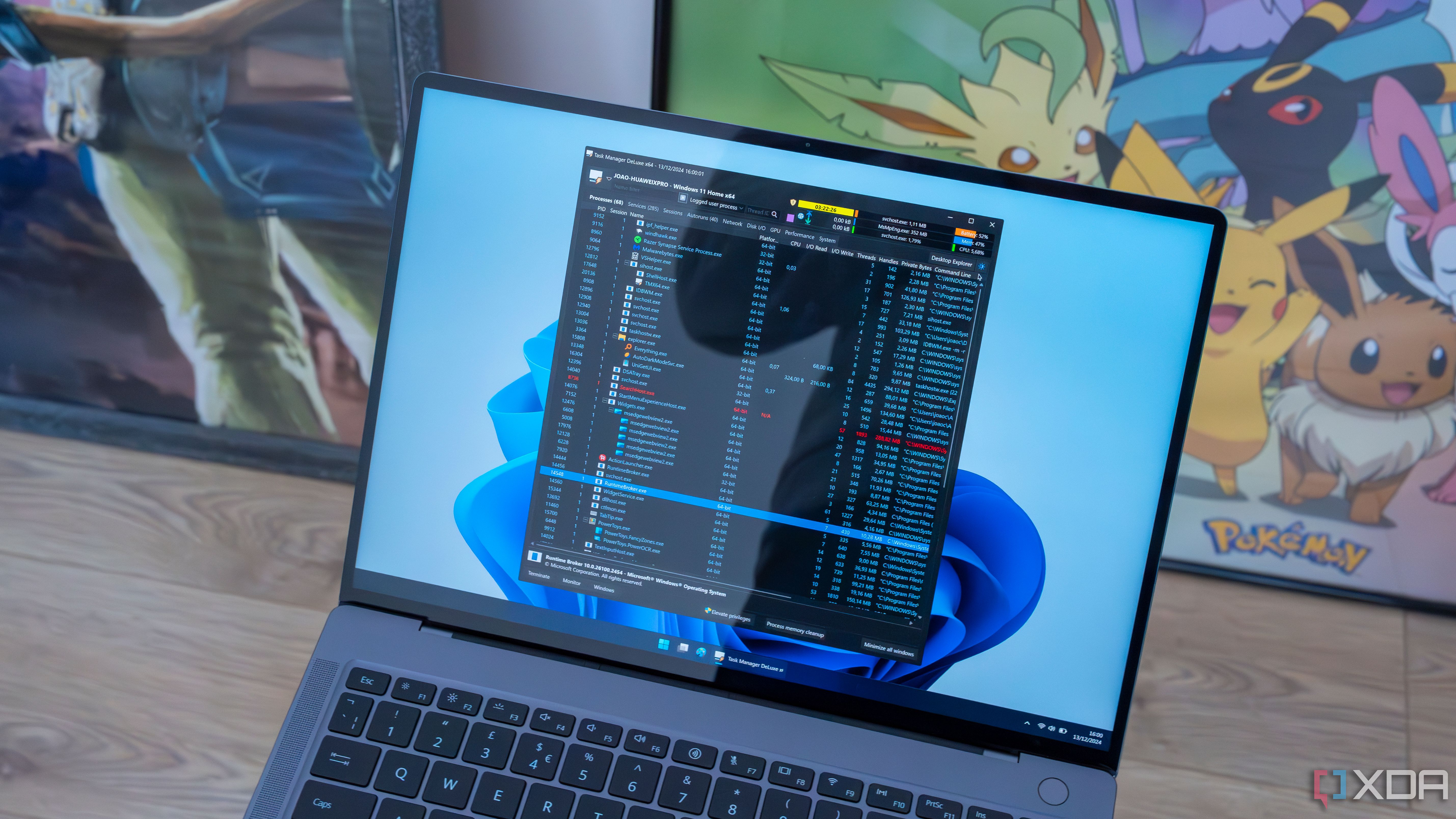
Related
6 Task Manager columns that can help troubleshoot your Windows PC
Task Manager can do a lot more than you think
5
Restart Windows Explorer
Fix frozen or unstable apps, games, or the Windows experience
When Windows Explorer freezes up, it stops you in your tracks. The entire Windows experience is unusable since nothing responds. However, you can restart it via Task Manager. This is a tip I learned years ago, and still, I wish I had known it sooner.
To reset Windows Explorer on Windows 11 when it freezes up on your PC, open Task Manager, select the Processes tab, right-click Windows Explorer, and select Restart from the context menu. Your desktop and File Explorer will briefly disappear, then reappear in working condition. If that doesn’t work on Windows 10, right-click Windows Explorer and select End Task. Click File -> Run new task. In the Create new task field, type explorer.exe and click OK.
This tip will save you time getting Explorer back and allow you to continue your workflow. Instead of spending hours troubleshooting the problem or calling in your IT guy, this should allow you to fix Explorer and get on with your workflow.

Related
You’ve never heard of these programs, but you’ll never want to use Windows Explorer again after using them
OneCommander and Everything to the rescue
4
Force quit apps and services
Kill unresponsive and frozen apps
While having File Explorer freezing up is annoying enough, it is particularly irksome when a single app you use freezes up and becomes unusable. You can easily unfreeze it by killing that specific app in the Task Manager.
For instance, Microsoft Word often freezes on my Windows system for some reason, but killing it is quick and easy from the system management tool. Open Task Manager in the Processes tab, right-click the problematic app, and select End task from the menu. Once you end an app’s task, you can restart it, and it should work efficiently.
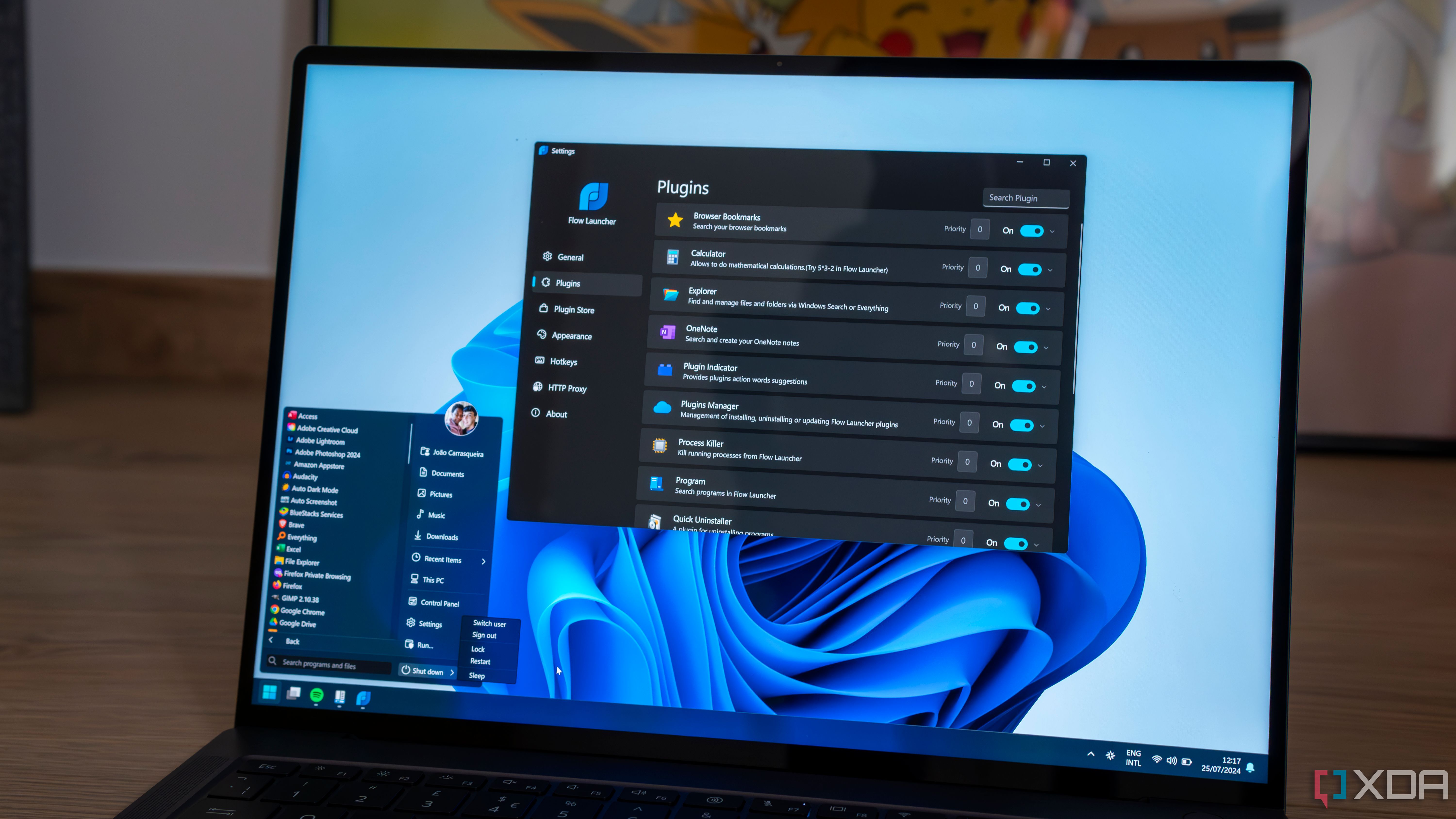
Related
Microsoft finally makes it easier to pin apps to the Windows 11 taskbar
Search it, find it, pin it.
3
Manage startup apps
Increase your Windows system’s boot time
For many years, I used the Settings app on Windows to toggle off Startup apps. Starting with Windows 10, the Settings app was the new way to manage system settings. I knew about disabling startup apps in Task Manager on Windows 8, but I didn’t think I would check in with Task Manager for the first few years of Windows 11. That was a mistake. I used the Settings app instead. I blame my ignorance for not checking with Task Manager, but I use it now.
However, using Task Manager is more efficient. The process is the same as previous versions. Open Task Manager, select the Startup apps tab, right-click an app, and select Enable or Disable based on whether you want it to run during startup. It’s important to note that having too many apps to run during startup slows the boot process. I disable virtually all of them, particularly apps with a high startup impact. Also, I often get asked how many apps need to be enabled for Windows to boot, and the answer is none. You can disable all of them.
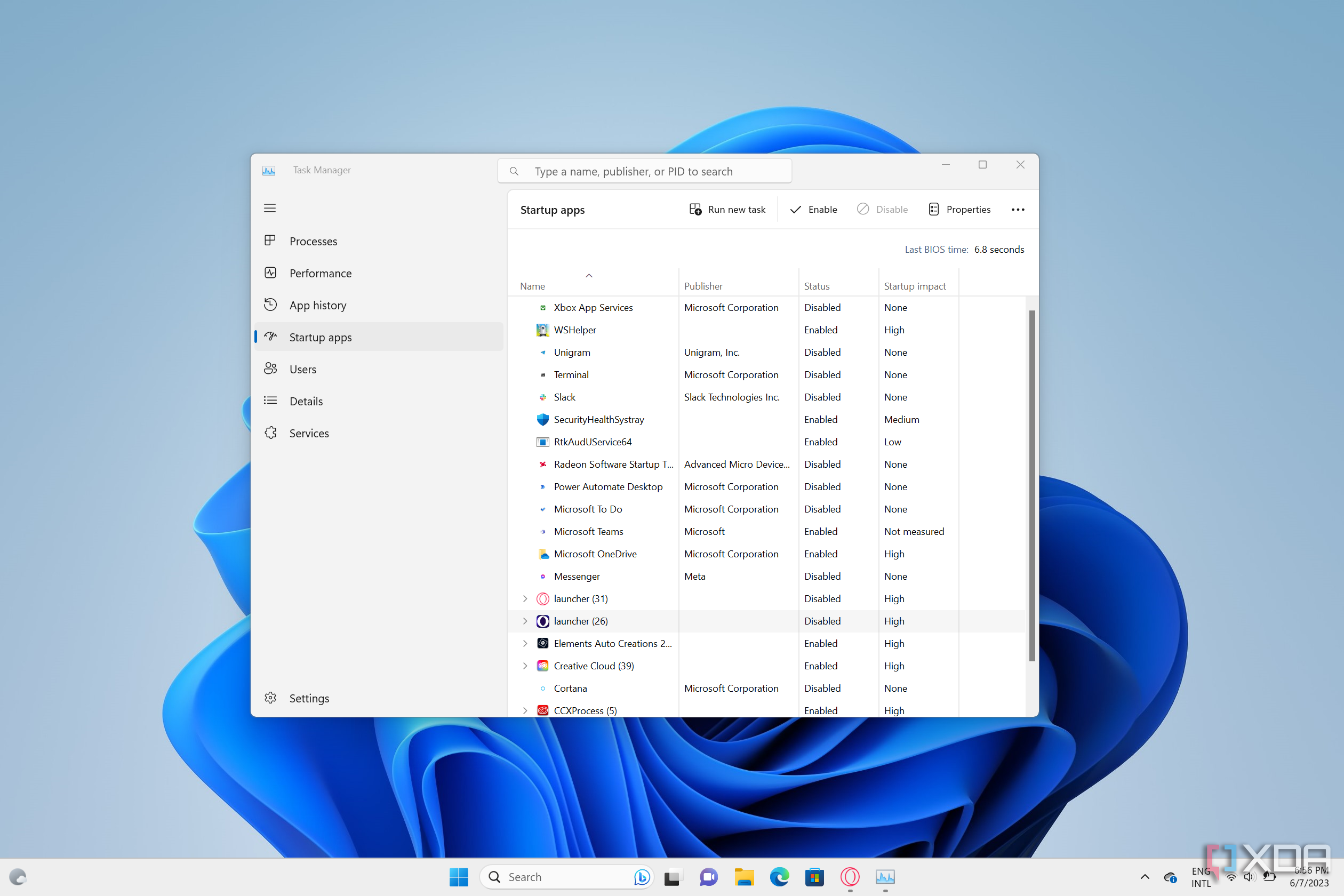
Related
How to turn off startup tasks in Windows 11
Is your computer taking too long to boot and feeling slow? You can turn off startup tasks in Windows 11 to help your PC run a bit faster.
2
Open it with a keyboard shortcut
Launch Task Manager your way
I have been using Windows for nearly three decades and have always right-clicked the taskbar to open it. I feel unqualified since I didn’t know it could be launched with a simple keyboard shortcut sooner. I can use a couple of keyboard shortcuts to get to the point of opening it. The most efficient keyboard shortcut to open Task Manager is Ctrl+Shift+Esc to open it directly. There are other ways to open Task Manager. I use the one that works best during my workflow. The keyboard shortcut to open it directly isn’t always the best during certain times in my workflow.
You can use Ctrl+Alt+Del and select Task Manager from the list of options, but it’s less efficient. You can also press the Windows key or Win+R, type tskmgr, and open it from Start or the Run dialog. It’s also important to mention that you can press Win+X to bring up the power user menu and select Task Manager.

Related
Should you use a Windows Task Manager alternative?
You might have heard of Task Manager alternatives for Windows 11, but should you use one?
1
Give more system resources to programs
Allocate more RAM to sluggish apps
Here’s another tip I wish I had learned earlier in my Windows journey. Sometimes, apps run sluggishly, even on the most advanced systems. The cool thing you can do with the Task Manager is allocate more resources to them so they are more responsive. You don’t even need to install more RAM on your PC. You can use the existing memory in your system. Press Ctrl + Shift + Esc to open the Task Manager directly and select the Details tab.
Find the app to which you want to allocate more hardware resources, select Set priority and High or Above normal from the context menu, and click the verification message that appears. Test your app and see if it’s more responsive. Also, note that these are temporary settings. Once you close the app, it goes back to the default priority. You will need to reset it the next time it runs if you need to allocate more system resources to the apps.
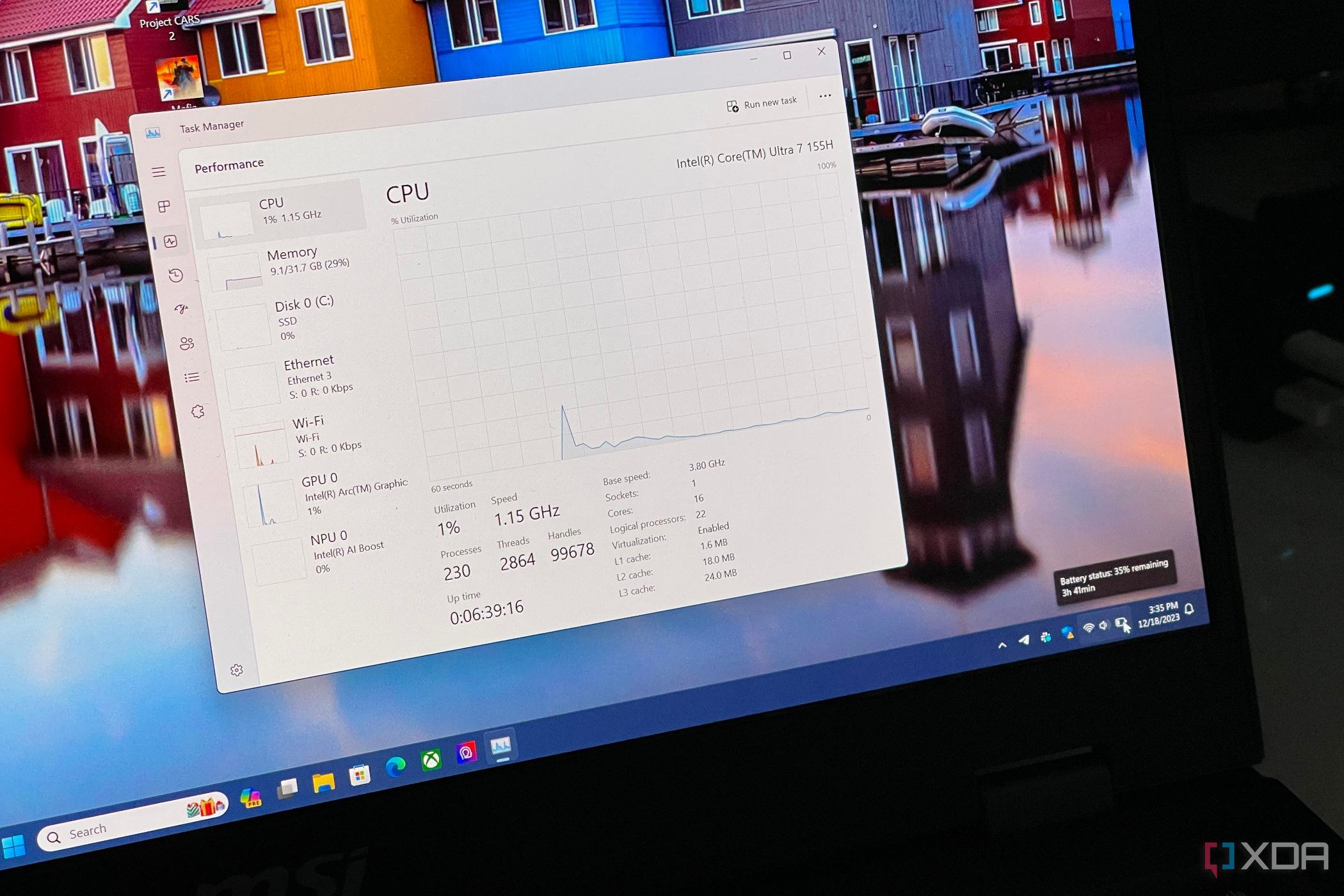
Related
13 things you didn’t know you could do with Task Manager
Level up your Task Manager knowledge
Increase your productivity by using Task Manager wisely
If you use Task Manager strategically, you can improve your productivity. You can also increase your app and system performance, get Windows Explorer and other apps to work quickly, and ensure your system runs well for the best experience. While I wish I had known these Task Manager tips sooner, I will leave that in the past. Moving forward, I will continue to use these tips to improve my workflow while using Windows moving forward.


